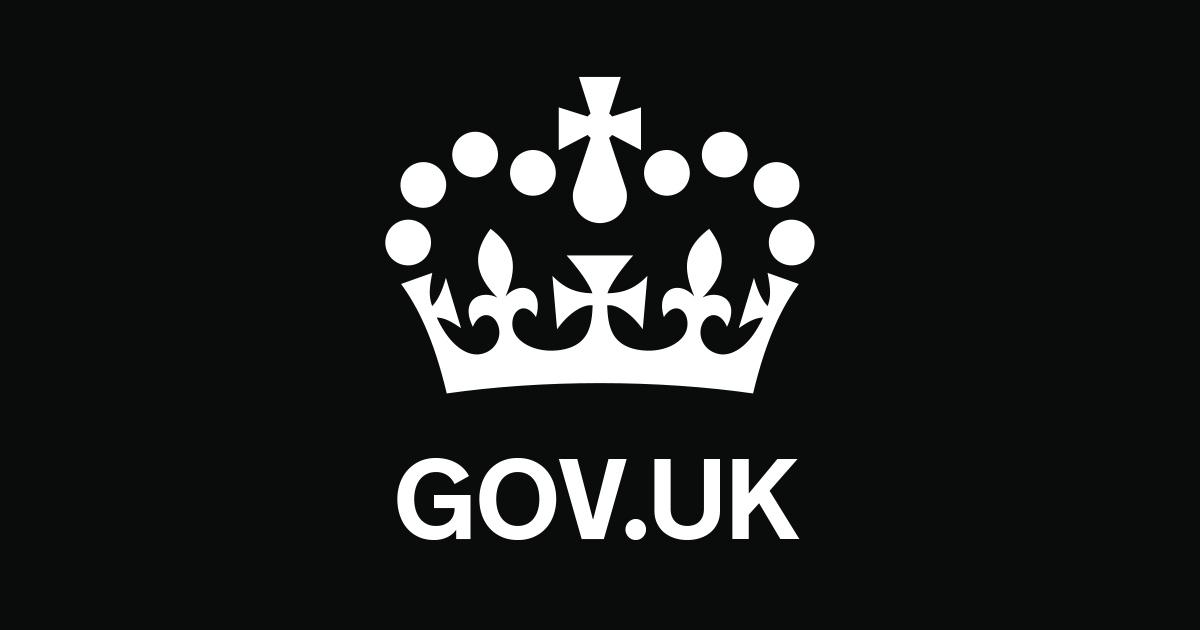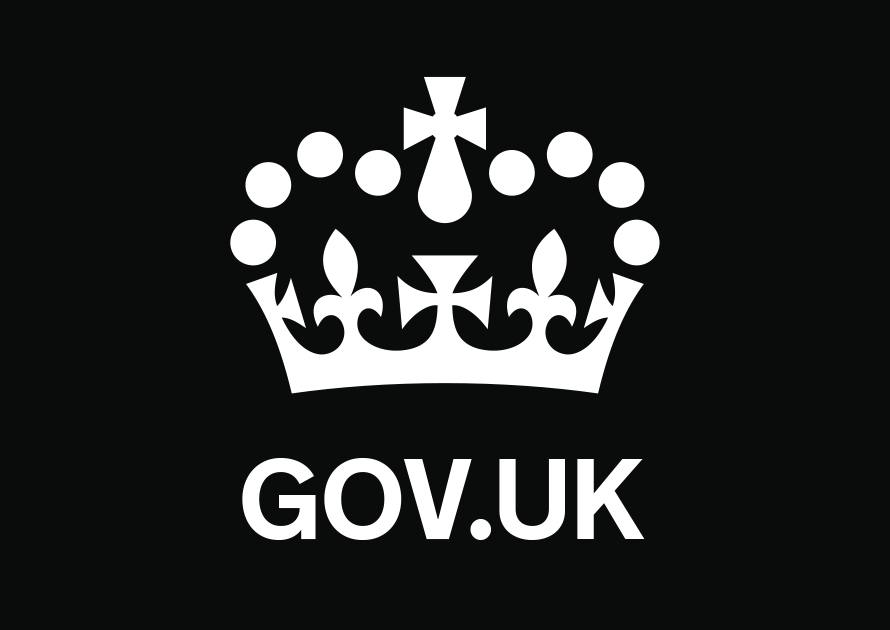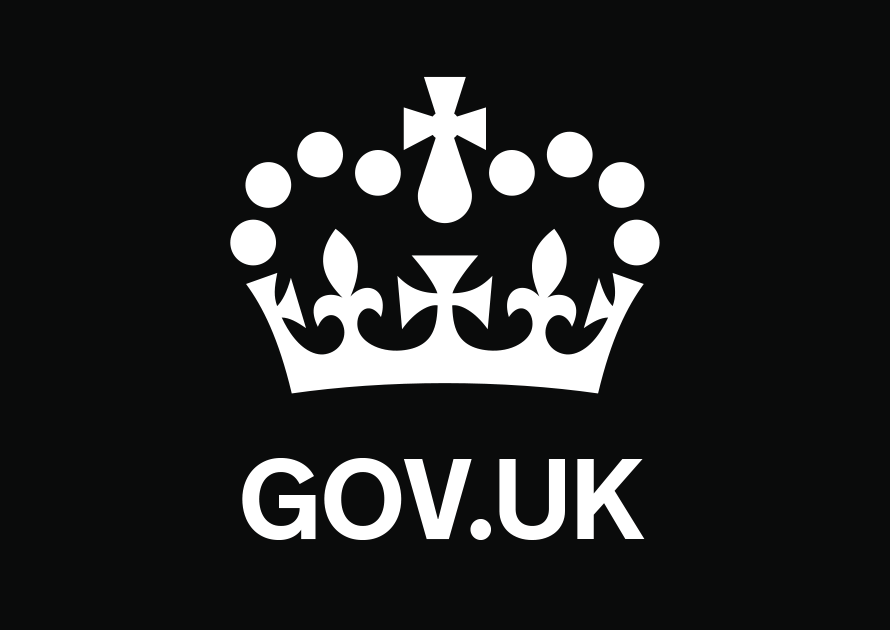Most trusts must be registered with HMRC. If you’re a ‘relevant person’ you must ask for the trust’s proof of registration with HMRC when a trustee or agent of the trust approaches you to set up a new business relationship.
A ‘relevant person’ (also known as an obliged entity) is an organisation working in a professional capacity that must carry out due diligence checks under anti-money laundering regulations.
Relevant persons include:
- art market participants
- auditors
- casinos
- credit institutions
- cryptoasset exchange providers
- custodian wallet providers
- estate agents and letting agents
- external accountants and tax advisers
- financial institutions
- high value dealers
- independent legal professionals
- insolvency practitioners
- trust or company service providers
The proof of registration document includes:
- the trust’s:
- name
- Unique Tax Reference or Unique Reference Number
- start date and date it was last updated
- the settlors’, trustees’ and beneficiaries’ full name, month and year of birth, country of residence and nationality if they are an individual
- the settlors’, trustees’ and beneficiaries’ full name, office address and nature of their role in the trust if they are a company or other legal entity
You should not enter into a business relationship with a registerable trust if its proof of registration is not accurate and up to date.
When you can send a report
You can send a report to HMRC if you are a relevant person and either:
- there’s a discrepancy in the information you have about the trust and what is on the proof of registration document
- the trust is not registered with HMRC and you think it should be
You should try to contact the trustee or agent of the trust to resolve the discrepancy before submitting a report to HMRC. You might be able to do this by:
What a discrepancy is
A discrepancy happens when either the:
- trust is a registrable express trust that is not registered, and the trustee cannot provide a proof of registration document
- information that a relevant person holds about a trust is significantly different from what is in the proof of registration document from the trustee or agent
Examples include:
- you have not seen a proof of registration document, even though the trust is supposed to be registered
- there are clear differences in the trust name, Unique Tax Reference, trust start date or correspondence address
- personal information about the beneficial owner is wrong (for example, their month or year of birth is incorrect)
- none of the trust information in the proof of registration document matches what you expect to see
- you believe proof of registration information you have been given is fake
- any of the beneficial owners are either:
- missing from the registered information
- wrongly included and should be removed
What you do not need to report
You do not need to tell us about spelling errors (for example, Jon Smith instead of John Smith) or missing or slightly different spellings of middle names.
Do not use this report to tell us about suspicious activity or fraud relating to money laundering or terrorist financing, follow the tell us about suspicious activity that may be linked to money laundering guidance.
What you’ll need
You must give us as much information as possible so we can process your report, including:
- the trust details (for example, the trust name, address, and Unique Tax Reference or Unique Reference Number if you know it)
- the name and address of the person representing the trust, so we can contact them about the discrepancy (for example, the trustee)
- the discrepancy report type (for example, if the trust is not registered or maintained)
- details of the discrepancies you have found
- how you know the information is missing or wrong
- any other evidence you have that you think is relevant
- your name
- the service you provide as a relevant person (for example, tax advice)
- your organisation’s details (for example, name and address)
- your personal details if you are not representing an organisation (for example, name and address)
If you have access to the trust’s proof of registration document and you think it is not genuine you should include a copy and tell us what you think is wrong with it.
If you do not have access to the trust’s proof of registration document and you cannot give us the name and address of the person representing the trust, you should give us enough information to help us trace the trust (for example, details of any beneficial owners associated with the trust).
How to submit a report
Use the online form to submit your report. You will be able to attach any evidence you have to support your report.
Start now
You will need to submit a separate form for each trust you are reporting.
After you have submitted your report
We will send you a confirmation email with your submission reference and will investigate the discrepancy. We will not tell you the findings of our investigation.
Our investigation may include contacting the trustees of the trust. We will not tell them how we know their details need updating.
Once the trustees have updated their records they should either:
- give you a new proof of registration document
- show to you that the trust does not need to be registered
You can start a business relationship with the trust if you are satisfied that the information they have given you is accurate.
Most trusts must be registered with HMRC. If you’re a ‘relevant person’ you must ask for the trust’s proof of registration with HMRC when a trustee or agent of the trust approaches you to set up a new business relationship.
A ‘relevant person’ (also known as an obliged entity) is an organisation working in a professional capacity that must carry out due diligence checks under anti-money laundering regulations.
Relevant persons include:
- art market participants
- auditors
- casinos
- credit institutions
- cryptoasset exchange providers
- custodian wallet providers
- estate agents and letting agents
- external accountants and tax advisers
- financial institutions
- high value dealers
- independent legal professionals
- insolvency practitioners
- trust or company service providers
The proof of registration document includes:
- the trust’s:
- name
- Unique Tax Reference or Unique Reference Number
- start date and date it was last updated
- the settlors’, trustees’ and beneficiaries’ full name, month and year of birth, country of residence and nationality if they are an individual
- the settlors’, trustees’ and beneficiaries’ full name, office address and nature of their role in the trust if they are a company or other legal entity
You should not enter into a business relationship with a registerable trust if its proof of registration is not accurate and up to date.
When you can send a report
You can send a report to HMRC if you are a relevant person and either:
- there’s a discrepancy in the information you have about the trust and what is on the proof of registration document
- the trust is not registered with HMRC and you think it should be
You should try to contact the trustee or agent of the trust to resolve the discrepancy before submitting a report to HMRC. You might be able to do this by:
What a discrepancy is
A discrepancy happens when either the:
- trust is a registrable express trust that is not registered, and the trustee cannot provide a proof of registration document
- information that a relevant person holds about a trust is significantly different from what is in the proof of registration document from the trustee or agent
Examples include:
- you have not seen a proof of registration document, even though the trust is supposed to be registered
- there are clear differences in the trust name, Unique Tax Reference, trust start date or correspondence address
- personal information about the beneficial owner is wrong (for example, their month or year of birth is incorrect)
- none of the trust information in the proof of registration document matches what you expect to see
- you believe proof of registration information you have been given is fake
- any of the beneficial owners are either:
- missing from the registered information
- wrongly included and should be removed
What you do not need to report
You do not need to tell us about spelling errors (for example, Jon Smith instead of John Smith) or missing or slightly different spellings of middle names.
Do not use this report to tell us about suspicious activity or fraud relating to money laundering or terrorist financing, follow the tell us about suspicious activity that may be linked to money laundering guidance.
What you’ll need
You must give us as much information as possible so we can process your report, including:
- the trust details (for example, the trust name, address, and Unique Tax Reference or Unique Reference Number if you know it)
- the name and address of the person representing the trust, so we can contact them about the discrepancy (for example, the trustee)
- the discrepancy report type (for example, if the trust is not registered or maintained)
- details of the discrepancies you have found
- how you know the information is missing or wrong
- any other evidence you have that you think is relevant
- your name
- the service you provide as a relevant person (for example, tax advice)
- your organisation’s details (for example, name and address)
- your personal details if you are not representing an organisation (for example, name and address)
If you have access to the trust’s proof of registration document and you think it is not genuine you should include a copy and tell us what you think is wrong with it.
If you do not have access to the trust’s proof of registration document and you cannot give us the name and address of the person representing the trust, you should give us enough information to help us trace the trust (for example, details of any beneficial owners associated with the trust).
How to submit a report
Use the online form to submit your report. You will be able to attach any evidence you have to support your report.
Start now
You will need to submit a separate form for each trust you are reporting.
After you have submitted your report
We will send you a confirmation email with your submission reference and will investigate the discrepancy. We will not tell you the findings of our investigation.
Our investigation may include contacting the trustees of the trust. We will not tell them how we know their details need updating.
Once the trustees have updated their records they should either:
- give you a new proof of registration document
- show to you that the trust does not need to be registered
You can start a business relationship with the trust if you are satisfied that the information they have given you is accurate.




